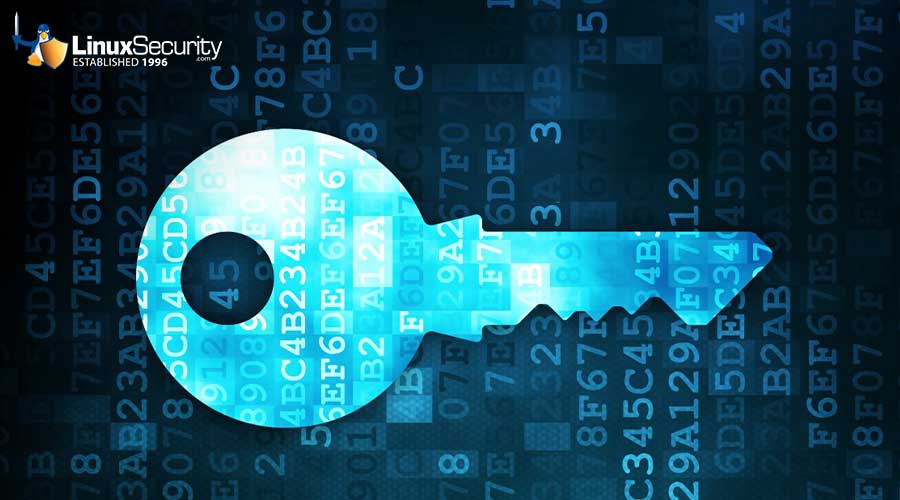Spam Avalanche Keeps Growing
Unsolicited e-mail from con artists, virus writers and advertisers accounts for 38 percent of the 31 billion e-mails sent each day in North America this year, up from 24 percent in 2002, International Data Corp., said in a report on web mail and spam.
In addition, Internet service providers and makers of anti-spam products report that spam represents from 50 percent to 95 percent of all inbound Internet e-mail, IDC said. That's triple the 15 percent to 30 percent levels reported two years ago.
The growing spam avalanche has contributed to a reduction in the usefulness of e-mail. Other factors include the increasing cost of storing and managing e-mail and the growing use of instant messaging.
The number of spam sent on an average day is 11 billion, compared with 4.5 billion in 2002, IDC said. In comparison, the number of person-to-person emails currently sent each day and in 2002 is 12 billion and 10.5 billion, respectively.
Despite these sobering numbers, filtering tools are improving and doing a better job at intercepting spam before it reaches the inboxes of businesses and consumers, IDC analyst Mark Levitt said. Those tools include desktop software, appliances attached to corporate networks and e-mail filtering offered by service providers.
The link for this article located at Antone Gonsalves, TechWeb.com is no longer available.
























